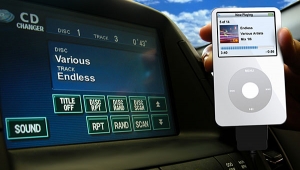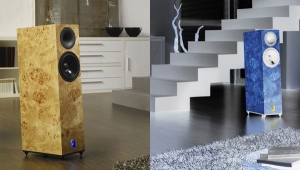| Columns Retired Columns & Blogs |
Actually I began by having an electrictian install a dedicated 20 amp circuit for my system. My thought at the time was to prevent a possible overloading of the existing circuit shared by my video cabinet. That night I was listening to a favorite CD and I suddenly realized that I was hearing background vocals and instruments I had not noticed before. And I also realized a greater detail in the balance of the music. It took a few minutes before I came to the conclusion the dedicated circuit made a difference. So I have purchased Harmonic Technology ProAC11s for the Pre/Pro and front channel amp. I have purchased AudioQuest 8-strand AC cable in bulk and have made my own cables for the balance of my equipment using commercial grade plugs available at electrical supply houses. I really don't feel that a $200 cable is going to be much better than my home made since the "skin effect" of the wire is increased with the AudioQuest 8-strand. But yes, I do believe now that providing a dedicated circuit is in place. I believe it has to be available at the wall outlet first, before it can be passed on to the equipment.


























